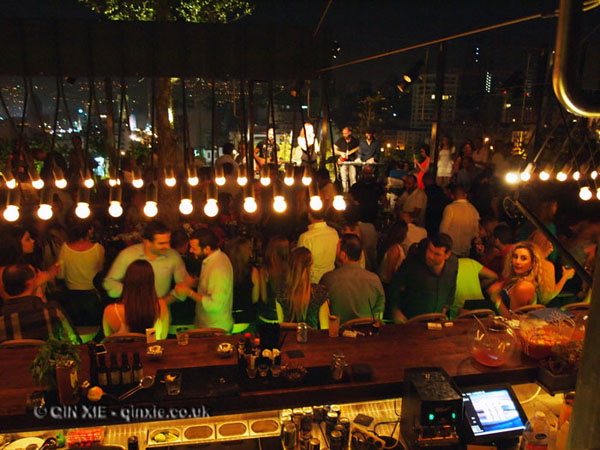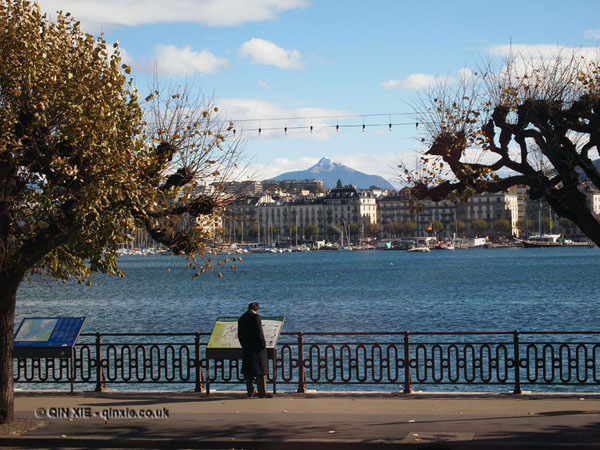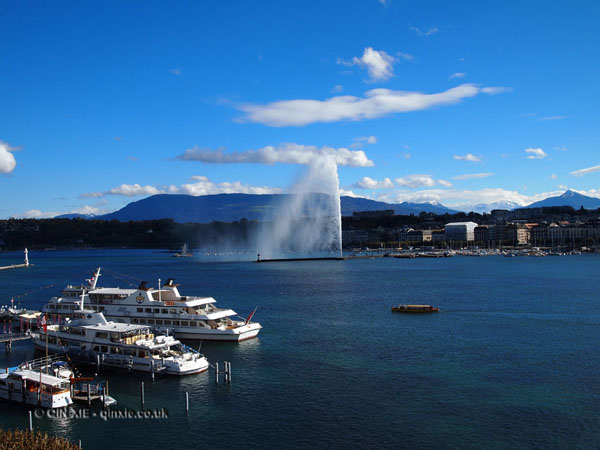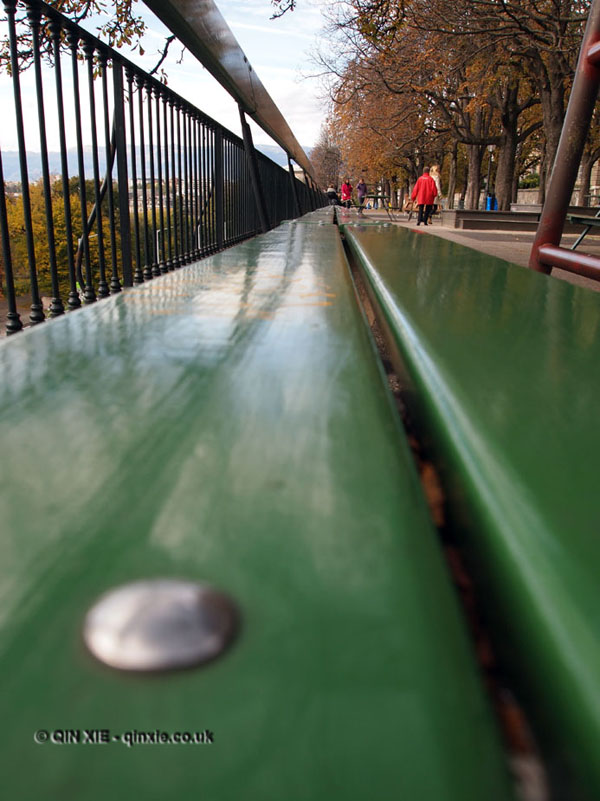Published on Bon Vivant on 17th January 2015:
Looking over the Jing’an district of Shanghai, you feel like you’re on top of the world. Especially if that bird’s eye view is garnered from one of the luxurious suites at The Portman Ritz-Carlton.
It’s one of the few hotels in Shanghai that you can mention by name to taxi drivers thanks to its long standing reputation as one of the best hotels in the city.
In fact, in 2014, the Portman Ritz-Carlton was voted one of the 25 best hotels in Asia by Condé Nast Traveler’s Reader’s Choice Awards; an accolade that it has held numerous times before.
What makes this astounding reputation? The charming service comes up top. The astute lobby manager’s friendly approach is such that, each time you pass through the grand hall to one of the six elevators, it feels like a welcome home.
The service keeps the guests coming back but it’s The Portman Ritz-Carlton’s fantastic location that attracts many first time visitors. Just a stone’s throw from Jing’an Temple, it’s within walking distance or a short cab ride to many of Shanghai’s other key attractions.
Tables is the main restaurant where they’ve recently launched what’s dubbed the Most Handsome Brunch in the city. Germain Tailor has suited up the staff who provide the free flowing martinis, wines and champagne. It’s decadent stuff.
Then there’s Ubuka, its Japanese restaurant focusing on sushi and teppanyaki, as well as, of course, the signature Ritz Bar.
The rooms are incredibly spacious with king beds furnished with 300-thread count linens and down pillows. The grand marble bathroom features a roomy bath and separate shower, made all the more indulgent with Asprey Purple Water products.
And then there’s the wardrobe with room for even the most luggage-laden travellers.
There’s character too. Taking contemporary Chinese as the design cue, you’ll find plenty of art work around the rooms; think bone china vase or oriental paintings.
But that top of the world feeling, it’s the one that’ll stay with you. And at the Club level, from the 35th floor, you have an unrivalled view of the city that’s beautiful even in the haziest of Shanghai days.




